
Somehow, in my years of baking – before, during, and after living in Scandinavia – I had never before made the classic Scandinavian Christmas cookie: pepparkakor, as they’re known in Swedish (spelled pepperkaker in Norwegian), which are thin, crisp ginger snaps. When my friend Liv invited me to take part in a Christmas cookie exchange, I saw the perfect opportunity to remedy that situation.
I mentioned in my last post here, months ago, that we were getting ready to leave Norway. It’s funny how sometimes you don’t realize how settled you feel in a place until you leave it; in September we moved to Montréal, Canada, and after several months here we are just now starting to feel at home in our new apartment. It’s been a slow transition, but I’m finally enjoying making food in our kitchen (hurra!), and I definitely enjoyed baking this classic Christmas cookie. Thanks to the array of spices in this dough, it is incredibly fragrant (it genuinely smells like gløgg, or mulled wine), and cutting out shapes with cookie cutters evokes a childlike glee within me, so how could I not?

I’m so happy that Liv introduced me to the idea of a cookie exchange, too. Here’s the basic concept: gather a small-to-medium sized group of people (say, 4-8 people). Each person picks a cookie recipe to bake, and then you bake a dozen cookies for each person in the group. After the cookies are baked, you meet up for a little holiday gathering, and you swap cookies with each person in the group, so that you dole out a dozen of your own cookies to each person (keeping a dozen for yourself), and you receive a dozen cookies of different types from each person in the group. With our group of eight, we each went home with a selection of eight different kinds of cookies, but we each only had to bake one kind. You then have plenty of cookies on hand for holiday parties, gifting, or simply snacking on over the break. Is that not the most genius thing ever?
So, as I mentioned, I decided to bake pepparkakor. I looked around at several different recipes – classic as they are, there can be quite a lot of variation in recipes for these cookies. While ginger and cinnamon are basically always included, you may or may not see cardamom, grated orange peel, and even pepper (hence the name!). In fact, during my time in Norway I realized that whether or not pepperkaker should include actual black pepper is somewhat of a perpetually ongoing debate. There are also differences in whether recipes use molasses, golden syrup, or something else. In the end I decided to use the recipe from Fika by Anna Brones and Johanna Kindvall. I knew I wanted to use the Dala horse cookie cutters my in-laws gave me a few Christmases ago, so going with a Swedish recipe felt appropriate.

This recipe includes ground cinnamon, ground cardamom, ground cloves, and ground ginger. I took the time to grind the cardamom, cloves, and ginger fresh, and I think that truly makes all the difference in the world. These would have been lovely if I’d used pre-ground spices, but they’re truly delightful with the fresh ground spices instead. It also does include a wee bit of black pepper, and I suppose I ground that fresh as well!
I decorated a few of the cookies – two per person for the cookie exchange – but pepparkakor are delicious with no frills at all so I left the majority like that. I did have fun icing the few cookies I decorated, though. The stark white icing against the rich brown of the cookies is pretty, isn’t it?

If you’re interested in making some pepparkakor of your own, Fika is one of my favorite Scandinavian recipe books and I’d definitely recommend it! Or you could give my friend Daytona’s Norwegian recipe a try instead, as it’s available for free on her blog, Outside Oslo.


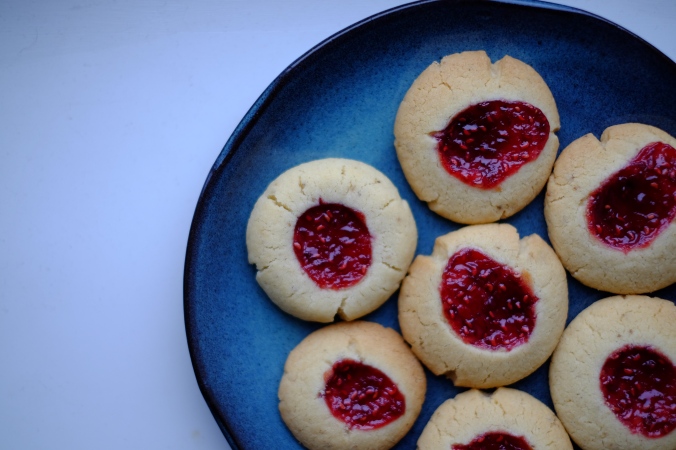
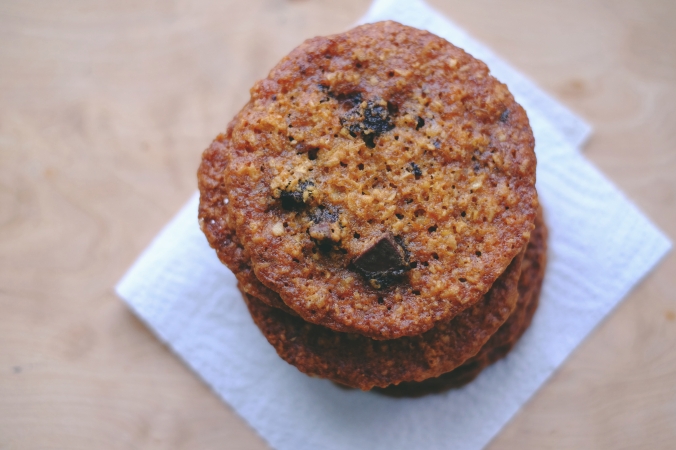
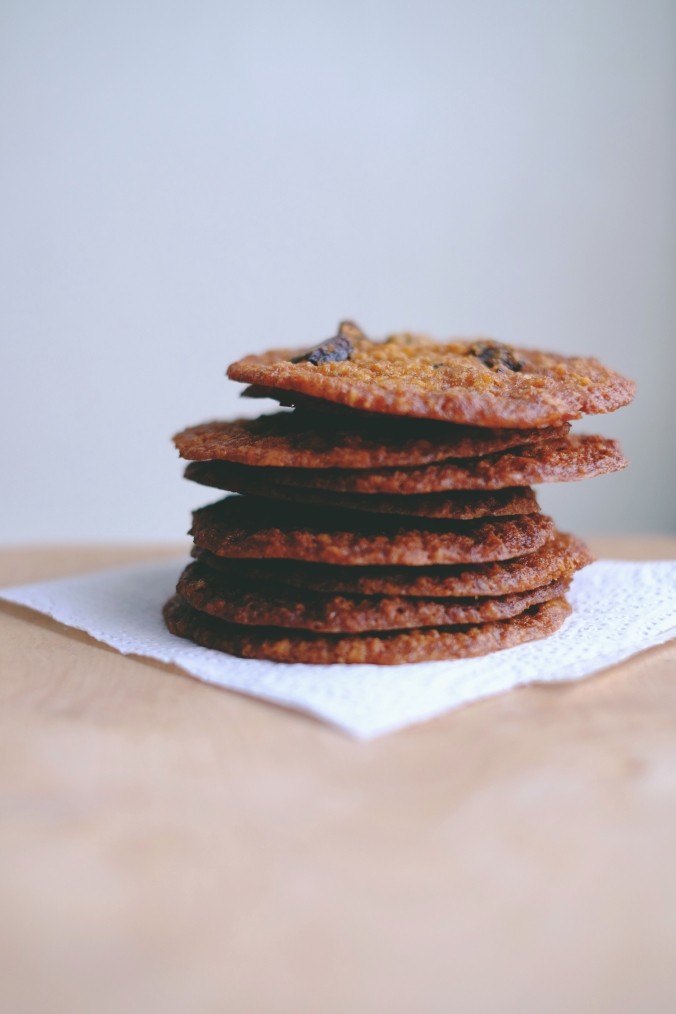



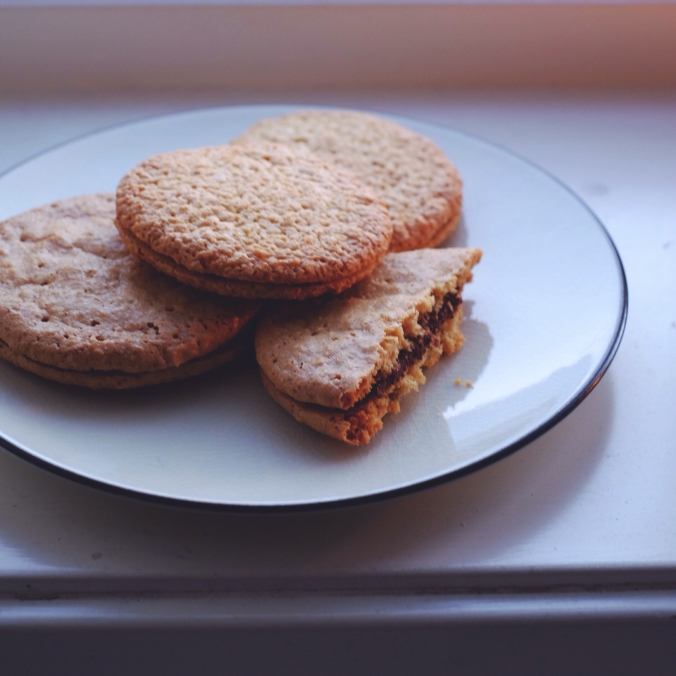




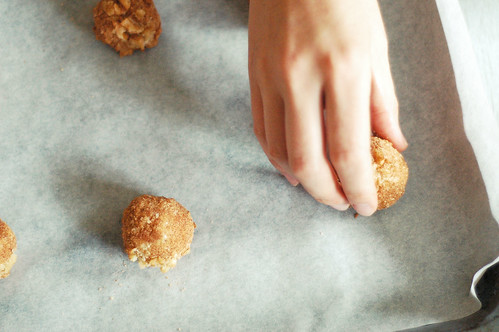




 Camilla and I take our krumkake-making very seriously
Camilla and I take our krumkake-making very seriously store egg = large eggs
store egg = large eggs creaming the butter and sugar
creaming the butter and sugar


 krumkaker cooling
krumkaker cooling krumkaker, multekrem, og kaffe
krumkaker, multekrem, og kaffe









